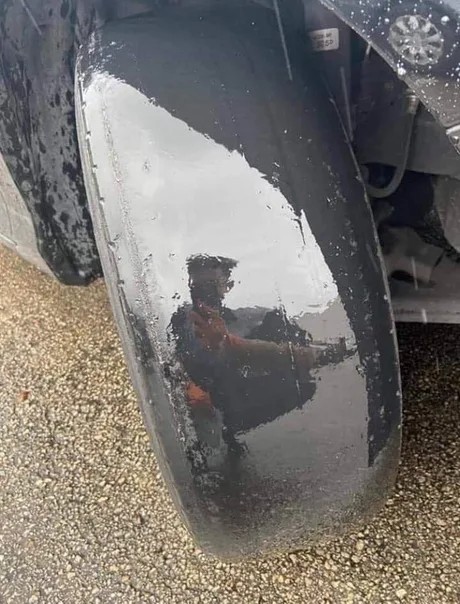You might want to look after your car regardless of if you drive an old family car or a brand-new model with all the latest equipment. It isn’t just a ‘machine’ that takes you where you need to go, but most motorists need to earn an income. Prevention is better than cure, so let’s find out how to minimise wear and tear on your car.1
Follow the service plan1
All vehicles require a regular service, usually at 15 000 km intervals, where oil and other fluids are checked and replaced, and any repairs are done. Please check your car owner’s manual for more information and follow the instructions. Adhere to the servicing frequency as displayed in the owner’s manual. Taking shortcuts and missing a service could prove more costly in the end.
Be aware of your warranty1
You stand to lose your warranty if you neglect to service your car at the right time at the required dealership. Comparing quotes from different dealerships or servicing garages can save money.
Regular oil changes are vital1
Don’t compromise on changing the car’s oil and oil filter. Oil cleans cools, lubricates and all the metal parts in the engine to minimise wear and tear. Oil does become dirty after some time and could damage the engine if not replaced regularly. Uber.com1 recommends that oil replacement should not be based on time but on mileage done.
How does your oil look? 1
Regardless of the mileage done, if the oil feels rough to the touch and looks dark, it’s time for a change.
Allow the car to warm up1
Remember that, especially in wintry weather, it takes time before engine oil has warmed up. The reason is that cold oil doesn’t lubricate all the engine parts. So, drive the car gently for the first few kilometres, until and your temperature gauge indicates that your car has warmed up.
Monitor tyre pressure regularly1
A tyre’s lifespan and the car’s fuel economy depend on correct tyre pressures. Underinflated tyres increase the tyre’s contact patch with the tar surface, thereby increasing wear and tear on the tyre and heating the latter in the process. Due to the extra friction, the car’s engine must work harder and thus uses more fuel. Overinflated tyres wear out tyres more, but also reduce the required grip on the road. Don’t forget to rotate tyres regularly.
Go easy on the brake pads1
By accelerating away from a green light, only to slam on brakes at the next red one, doesn’t help anyone’s nerves, never mind the brake pads. On the other hand, pulling away and stopping gently ensures that the brake pads last much longer. And when they start squealing, you know it’s time to replace them.
What applies to the brakes regarding wear and tear also applies to the rest of the car. You may have to pay more in repairs if you handle the car roughly. So, treat your car well, and it will treat you well.
You can also look after your car by protecting it with adequate cover. If you are unsure and need more information, don’t hesitate to contact PMD who has several affordable car insurance products, which have unique benefits like fixed premiums* and a reduce to zero* excess. T’s and C’s apply.
Source:
1https://www.uber.com/newsroom/how-to-minimize-wear-and-tear-on-your-vehicle/
This article was prepared by Eric Sandmann in his personal capacity. The views and opinions expressed in this article are the author’s own. The views and opinions in the article should not be attributed to anyone but the author unless expressly stated. Nothing in this article should be relied upon as advice, this publication is presented for informational purposes only. No person should act or refrain from acting in reliance on any information found in this article, without first obtaining proper financial advice from the appropriate professional. The author makes no claims, promises or guarantees about the accuracy, or completeness, of any information linked from, referred to, or contained in this article. The author reserves the right, to edit and change the content of this article.
